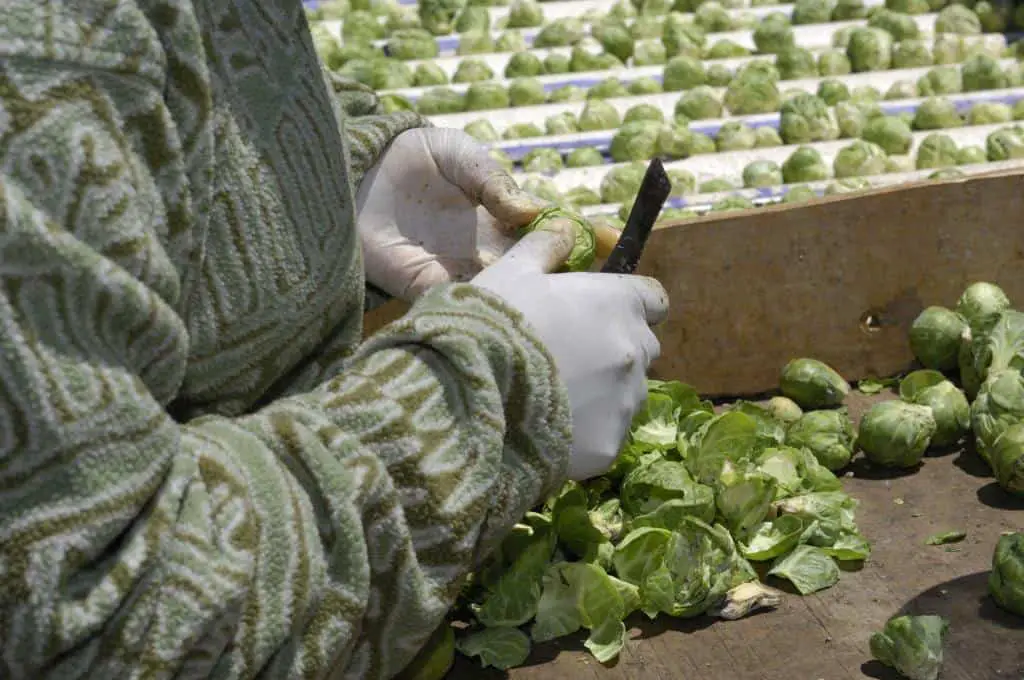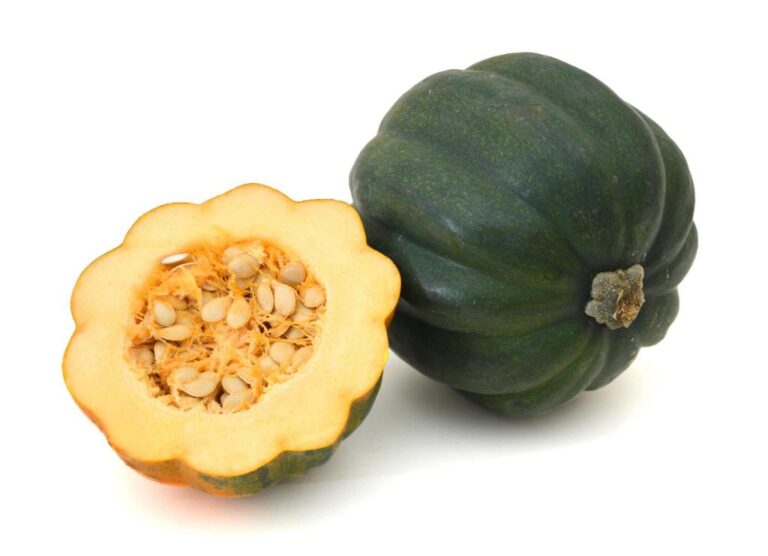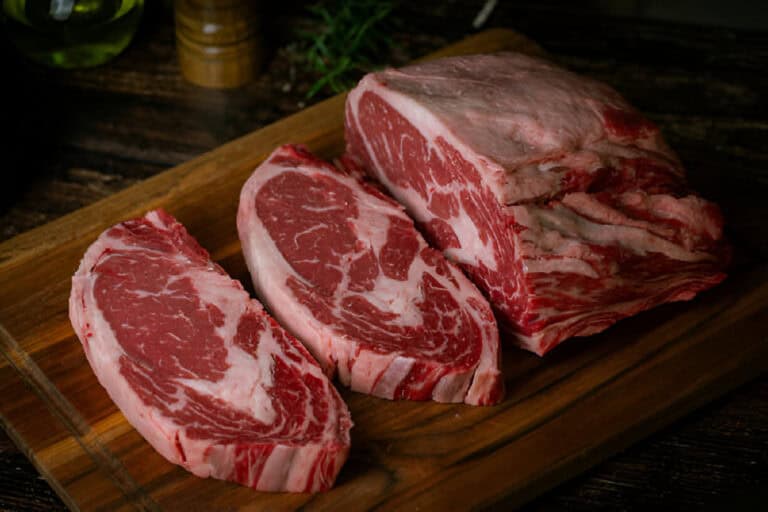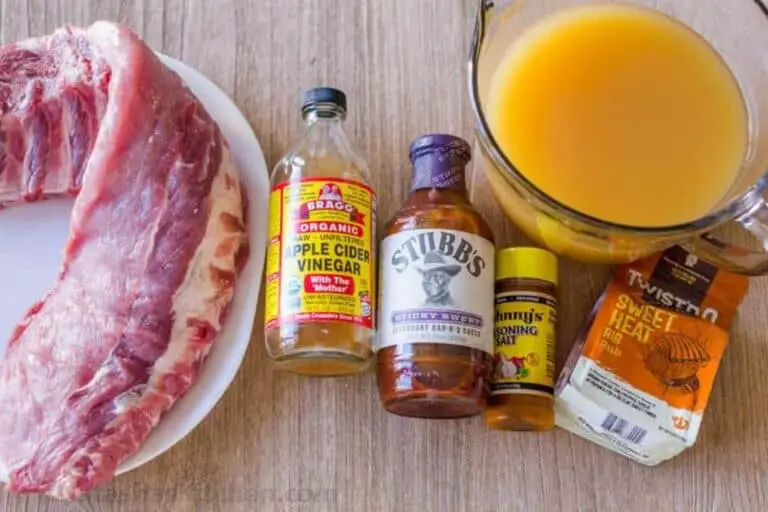Can You Trim and Cut Brussels Sprouts Ahead of Time or Day Before?

Welcome to the ultimate prepping guide for Brussels sprouts! If you’re a fan of these versatile and nutritious vegetables, you’ve probably wondered at some point whether you can cut them ahead of time to make your cooking experience more efficient.
Well, wonder no more! In this article, we’ll delve into the world of Brussels sprouts prepping and unveil the secrets to cutting them in advance without compromising their flavor, texture, or nutritional value.
Imagine the convenience of having prepped Brussels sprouts readily available whenever inspiration strikes in the kitchen. Picture yourself effortlessly incorporating these delicious sprouts into your favorite recipes without the hassle of last-minute chopping or preparation. Whether you’re planning a simple weeknight dinner or a gourmet feast, being able to cut Brussels sprouts ahead of time can be a game-changer.
So, get ready to embark on a prepping journey that will save you time, add convenience to your culinary adventures, and ensure that your Brussels sprouts are at their best. Let’s dive in and unlock the secrets of cutting Brussels sprouts ahead of time with our comprehensive prepping guide!
Importance of Prepping Brussels Sprouts in Advance
Before we dive into the specifics of cutting Brussels sprouts ahead of time, let’s take a moment to appreciate the benefits of prepping this versatile vegetable in advance.
- Time-saving: Prepping Brussels sprouts ahead of time can be a real time-saver, especially when you have a busy schedule. By washing, trimming, and cutting the sprouts in advance, you can significantly reduce the cooking time when you’re ready to use them.
- Convenience: Having prepped Brussels sprouts on hand means you can easily incorporate them into a variety of dishes without the need for last-minute chopping or preparation. This convenience can make meal planning and cooking more seamless.
- Extended freshness: While Brussels sprouts can be stored whole, cutting them ahead of time and properly storing them can help extend their freshness. When stored properly, prepped Brussels sprouts can last in the refrigerator for up to a week.
Now that we understand the benefits, let’s address the main question: Can you cut Brussels sprouts ahead of time?
Can You Trim and Cut Brussels Sprouts Ahead of Time or Day Before?

The short answer is yes, you can cut Brussels sprouts ahead of time. By preparing Brussels sprouts ahead of time, you’ll streamline your cooking process and have one less task to tackle on the day of your meal preparation.
Whether you’re hosting a dinner party or simply trying to save time on a busy weeknight, trimming and cutting Brussels sprouts in advance can be a game-changer. So go ahead and get a head start on your Brussels sprouts, and savor the convenience it brings to your culinary adventures.
However, it’s important to follow proper guidelines to maintain their flavor, texture, and nutritional value.
Step-by-Step Prepping Guide
- Selecting fresh Brussels sprouts: Choose Brussels sprouts that are firm, compact, and bright green in color. Avoid sprouts with yellowing leaves or signs of decay. Fresh sprouts are more likely to maintain their quality when prepped in advance.
- Washing the sprouts: Rinse the Brussels sprouts under cool running water to remove any dirt or debris. Gently pat them dry with a clean kitchen towel or paper towels.
- Trimming the stems: Using a sharp knife, carefully trim the tough stem end of each sprout. Remove any loose or discolored leaves as well.
- Cutting the sprouts: Decide on the desired size and shape for your recipe. Brussels sprouts can be halved, quartered, or thinly sliced, depending on your preference. Maintain consistency in size to ensure even cooking.
- Storing prepped Brussels sprouts: Place the cut sprouts in an airtight container or resealable plastic bag. Squeeze out any excess air to prevent oxidation. Properly stored, prepped Brussels sprouts can stay fresh in the refrigerator for up to a week.
- Using prepped Brussels sprouts: When you’re ready to cook, simply take out the desired amount of prepped sprouts from the refrigerator. They are now ready to be incorporated into your favorite recipes.
Tips for Optimal Results
- Avoid prepping too far in advance: While Brussels sprouts can be prepped ahead of time, it’s best to do so no more than a day or two before you plan to use them. This ensures the freshest flavor and texture.
- Keep the sprouts dry: Moisture can accelerate spoilage, so it’s important to thoroughly dry the Brussels sprouts before storing them. Excess moisture can also cause the sprouts to become soggy and lose their crispness. Make sure to remove any excess water after washing Brussels sprouts before cutting them. Remember to pat them dry before cutting and storing.
- Store in the refrigerator: Proper storage is key to maintaining the quality of prepped Brussels sprouts. Place them in the refrigerator at a temperature below 40°F (4°C) to keep them fresh and prevent the growth of bacteria. Avoid storing them near fruits like apples, as the ethylene gas emitted by fruits can cause the sprouts to spoil more quickly.
- Label and date: To stay organized, consider labeling the container or bag with the date of prepping. This will help you keep track of their freshness and ensure you use them within the recommended time frame.
- Avoid excessive handling: While it’s necessary to handle the Brussels sprouts during the prepping process, try to minimize excessive handling once they are cut. Overhandling can cause bruising and damage to the sprouts, affecting their appearance and texture.
- Consider blanching: If you want to further extend the shelf life of prepped Brussels sprouts, you can blanch Brussels sprouts before freezing or storing. Blanching involves briefly boiling the sprouts in salted water, followed by immediate submersion in ice water to halt the cooking process. Blanching helps preserve their color, texture, and nutritional value. After blanching, make sure to drain the sprouts well and pat them dry before storing.
Now that you know the steps to prepping Brussels sprouts ahead of time, you can enjoy the convenience of having them readily available for your culinary creations. Whether you’re planning to roast them, sauté them, or add them to a salad, prepping in advance can streamline your cooking process and save valuable time.
Tips to Minimize Nutrient Loss During Preparation and Storage
To minimize nutrient loss when cutting Brussels sprouts, consider the following tips:
- Choose fresh and firm Brussels sprouts: Opt for Brussels sprouts that are vibrant in color, firm to the touch, and free from signs of wilting or damage. Fresh Brussels sprouts have higher nutrient content compared to older ones.
- Use sharp knives or kitchen shears: When cutting Brussels sprouts, sharp knives or kitchen shears ensure clean cuts and minimize cellular damage, reducing nutrient loss.
- Cut just before cooking: To preserve the maximum nutritional value, cut Brussels sprouts shortly before cooking or using them in a recipe. This minimizes exposure to air and oxidation.
- Avoid prolonged exposure to light and heat: Light and heat can degrade certain nutrients. Store cut Brussels sprouts in a cool, dark place until ready to use.
- Minimize water exposure: While washing Brussels sprouts is essential, excessive water exposure can lead to nutrient leaching. Rinse them briefly and pat them dry before cutting.
Storing Cut Brussels Sprouts
Once you’ve cut your Brussels sprouts, it’s important to store them properly to maintain their freshness and flavor. Consider the following tips for storing cut Brussels sprouts:
Suitable storage containers for cut Brussels sprouts: Choose airtight containers or resealable bags that are large enough to hold the cut Brussels sprouts without crushing them. Glass containers are an excellent option as they help preserve the freshness.
Refrigeration guidelines for storing cut Brussels sprouts: Place the cut Brussels sprouts in the refrigerator at a temperature between 32°F (0°C) and 40°F (4°C). Ensure they are stored away from foods with strong odors to prevent flavor transfer.
Tips for maintaining freshness and preventing browning: To prevent browning, sprinkle the cut Brussels sprouts with lemon juice or submerge them in a bowl of cold water before refrigeration. Change the water daily if you choose the latter method.
Duration for which cut Brussels sprouts can be stored: Cut Brussels sprouts can be stored in the refrigerator for up to five days without significant loss in quality. However, for the best flavor and texture, it’s recommended to use them within two to three days.
Freezing Cut Brussels Sprouts
If you anticipate not using your cut Brussels sprouts within the recommended refrigeration timeframe, freezing them is a fantastic option to extend their shelf life. Here’s how you can freeze cut Brussels sprouts:
Preparing cut Brussels sprouts for freezing:
Blanch the cut Brussels sprouts by plunging them into boiling water for a brief moment, followed by immediate immersion in ice water to halt the cooking process.
Drain the Brussels sprouts thoroughly to remove excess moisture.
Suitable packaging for freezing cut Brussels sprouts:
Place the blanched and drained Brussels sprouts in freezer-safe bags or airtight containers. Ensure that they are properly sealed to prevent freezer burn and maintain their quality.
Freezing guidelines and recommended storage time:
Place the packaged Brussels sprouts in the freezer, ensuring they are laid flat to maximize space. They can be kept frozen for up to 12 months, but for the best flavor and texture, it is ideal to use them within 6 to 8 months.
Thawing and cooking frozen Brussels sprouts:
When you’re ready to use the frozen Brussels sprouts, simply remove the desired quantity from the freezer and thaw them in the refrigerator overnight. Once thawed, you can cook them using your preferred method, such as roasting, sautéing, or steaming.
Conclusion
Cutting Brussels sprouts ahead of time is a practical way to make your meal preparation more efficient. By following the step-by-step guide outlined in this article, you can ensure that your prepped Brussels sprouts maintain their freshness, flavor, and nutritional value. Remember to select fresh sprouts, wash and dry them thoroughly, trim the stems, cut them to your desired size, and store them properly in the refrigerator. With these prepping tips in mind, you can enjoy the convenience of having Brussels sprouts ready to use whenever inspiration strikes in the kitchen.
FAQs
How do I prevent cut Brussels sprouts from turning brown?
To prevent cut Brussels sprouts from turning brown, you can sprinkle them with lemon juice or submerge them in cold water with a splash of lemon juice before refrigeration.
Can I freeze cut Brussels sprouts?
Yes, you can freeze cut or shaved Brussels sprouts. Blanch them first, then pack them in freezer-safe containers or bags. They can be stored in the freezer for up to 12 months.
How long can I store cut Brussels sprouts in the refrigerator?
Cut Brussels sprouts can be stored in the refrigerator for up to five days, but it’s recommended to use them within two to three days for the best flavor and texture.
What are some alternative methods for prepping Brussels sprouts ahead of time?
Besides cutting, you can also blanch or parboil whole Brussels sprouts, use a food processor or mandoline for shredding Brussels sprouts, or consider pre-packaged options for convenience.
How can I reheat leftover cut Brussels sprouts?
Reheat leftover cut Brussels sprouts by lightly sautéing them in a pan with some oil or butter or by reheating them in the oven at a low temperature to avoid drying them out.
What can I do with leftover cut Brussels sprouts?
Leftover cut Brussels sprouts can be used in various ways, such as adding them to grain bowls, pasta dishes, soups, stews, breakfast dishes, stir-fries, or transforming them into a hash.






